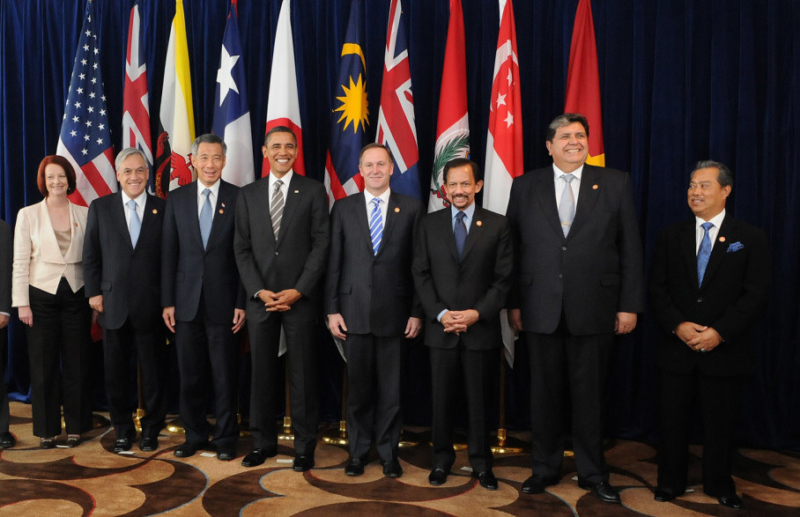What’s Next for Deepening Integration?
 Government of Chile / CC BY 2.0.
Government of Chile / CC BY 2.0.
Since the turn of the millennium, trade and investment between the United States and Latin America and the Caribbean (LAC) have continued to grow and transform—even in the face of global economic volatility and increased competitiveness within the world trading system. Perhaps more importantly, the composition of US trade with the region has changed, although unevenly across countries. These trends reflect diverse policy orientations in the United States and Latin America, global demand shifts resulting from the rise of China and other emerging powers, changing production strategies increasingly dominated by global value chains, and new priorities in cross-regional integration as seen in the growing number of “mega-agreement” negotiations.
This paper by J. F. Hornbeck of Patri Inc., and formerly of the Congressional Research Service, presents an overview of US-Latin America trade and investment from 2000 to 2012, with special attention paid to Mexico and Brazil, the two largest LAC economies. It focuses on recent trade and investment patterns, evolving dynamics in trade relations, and issues that will determine prospects for deeper integration. Latin America’s importance as a core US trading partner continues. The diversity of this relationship, however, points to uneven opportunities for achieving further gains. Policy choices, in this case, will be important for taking advantage of still untapped potential for growth in trade and investment.



















